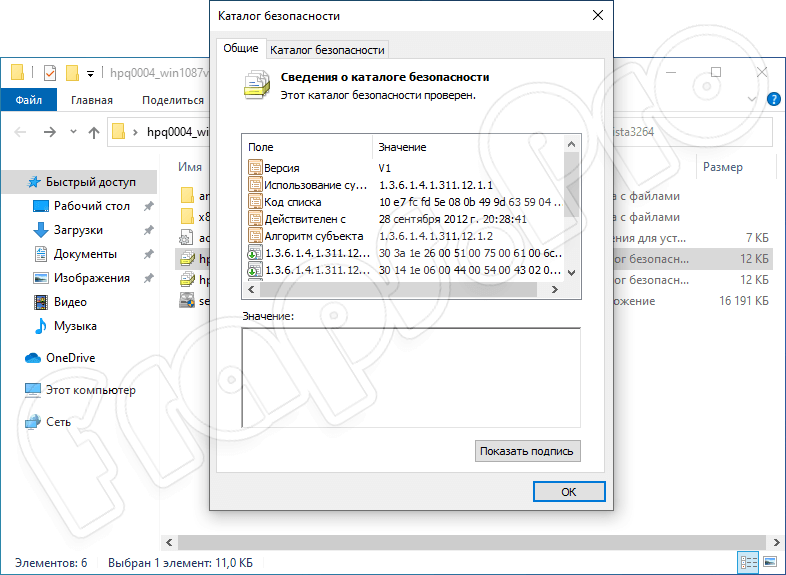

When I try setting VMQ instead in the NIC I get:įailed to allocate VMQ for NIC. When I try setting up a device with SR-IOV that works and install the virtual driver on the VM. Set-NetAdapterVMQ -Name 10GNIC2 -BaseProcessorNumber 9 -MaxProcessors 8 Set-NetAdapterVMQ -Name 10GNIC1 -BaseProcessorNumber 2 -MaxProcessors 8 Set-netadapterrss -name "vEthernet ($($SetSwitch.name))" -BaseProcessorNumber 2 -MaxProcessorNumber 31 Set-VMSwitchTeam -Name "Hyper-V Switch" -LoadBalancingAlgorithm Dynamic Set-DnsClientGlobalSetting -SuffixSearchList. Get-NetIPAddress -InterfaceAlias "vEthernet ($($SetSwitch.name))" | ft IPAddress local -RegisterThisConnectionsAddress $true -UseSuffixWhenRegistering $true

$MasterAdapter | Set-DnsClient -ConnectionSpecificSuffix. $MasterAdapter | Set-DnsClientServerAddress -ServerAddresses #.#.#.#,#.#.#.# $MasterAdapter | New-NetIPAddress -IPAddress #.#.#.# -PrefixLength 24 -DefaultGateway #.#.#.# $MasterAdapter = Get-NetAdapter -Name "vEthernet ($($SetSwitch.name))" $SetSwitch = New-VMSwitch -Name 'Hyper-V Switch' -AllowManagementOS $true -EnableIov $true -EnableEmbeddedTeaming $true -NetAdapterName $LOMNICs.name

$LOMNICs = Get-NetAdapter -Name 10GNIC -physical Set-NetAdapterAdvancedProperty -Name 10GNIC2 -RegistryKeyword VlanID -RegistryValue "0" Set-NetAdapterAdvancedProperty -Name 10GNIC1 -RegistryKeyword VlanID -RegistryValue "0" Set-netadapterrss -name 10GNIC2 -BaseProcessorNumber 2 -MaxProcessorNumber 31Įnable-NetAdapterSriov "10GNIC1","10GNIC2" Set-netadapterrss -name 10GNIC1 -BaseProcessorNumber 2 -MaxProcessorNumber 31 Note I'm running on a Ryzen 7950x with 16 cores with hyperthreading enabled. Like think using set-netadapterrss is the same as Set-NetAdapterVMQ in it's results? Anyway, below is what I did in general to set this up with the expectation I wanted to use SR-IOV and also where I can't VMQ. This was basically my setup with some things that may be redundant as I changed as I went. My Intel SFP+ 10Gb NIC is a dual nic so enabled the second port on the NIC and used SET to set that up. Have a combination of Windows 7, Windows 10/11, Windows 2022 server, and various Linux virtuals. I recently decided to take things to the next level so to speak. I setup Windows 2022 Server and enabled the Hyper-V role.


 0 kommentar(er)
0 kommentar(er)
